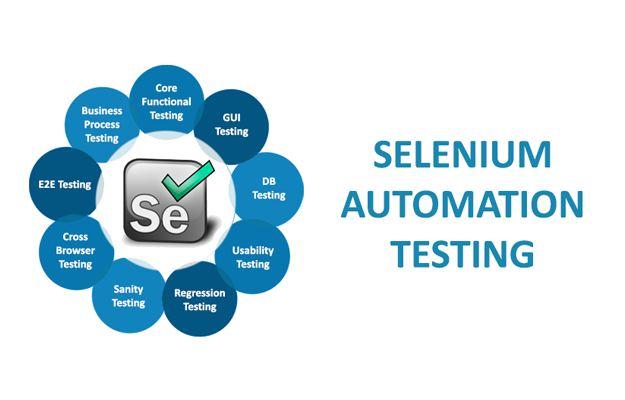Enterprise AI is a specialized subset of artificial intelligence focused on business applications. It focuses on resolving specific use cases at scale while adding quantifiable end value to the organization.
Enterprise AI has been proven to drive real-world business value. Unlike general or generative AI, it offers valuable capabilities that have been proven in the field.
Table of Contents
Machine Learning
Machine learning, fueling intelligent algorithms, is at the heart of “what is enterprise AI” – the question driving businesses to integrate AI tools that automate tasks, predict outcomes, and optimize operations. Machine learning is a subset of artificial intelligence that allows computers to “learn” how to perform tasks without being programmed by humans. It’s also used to optimize business processes, deliver more personalized content and better customer service, combat cyber threats, and improve productivity.
There are several key concepts to know about machine learning. Still, the most basic concept is that it enables software to make predictions based on data without explicit programming or instruction from a human. This is achieved by using algorithms to analyze and parse large data sets, learn from them, and then apply that knowledge to perform specific tasks — for example, predicting what products customers will buy or what content they’ll enjoy.
The algorithms are tweaked and improved over time based on the results of the tasks they’re performing. This iterative process, supervised or reinforcement learning, makes the technology effective and powerful.
While this type of learning is a core component of AI, it only sometimes works in practice. A well-posed problem that an algorithm solves with 95% accuracy might be good for a recommendation engine, but that wouldn’t be accurate enough for a self-driving car or to detect flaws in machinery.
For this reason, CXOS needs to approach machine learning cautiously and consider the specific use cases that can benefit it rather than looking at the technology as a solution in search of a problem. The right mindset will ensure that an organization takes full advantage of its potential to streamline workflows, elevate the user experience, and accelerate innovation.
Deep Learning
Machine learning (ML) and deep learning (DL) are core capabilities behind many AI applications that improve automation and performance, performing analytical and physical tasks without human intervention. They enable self-driving cars, digital assistants that understand what you say, accurate tagging on social media feeds, and more.
Deep learning uses algorithms that train over large amounts of data to produce adaptable models, mimicking how the brain works and building extensive knowledge over time. This enables it to make highly detailed predictions and decisions—although it is still far from perfect.
The healthcare industry embraces deep learning to perform imaging analytics, disease prevention, and guided drug development. It’s also used in natural language processing to fill in free text clinical notes in electronic health records and image recognition to support medical imaging specialists and radiologists.
As technology evolves, it’s essential to focus on business value and identify areas where AI can best support organizational goals. It’s also essential to avoid gimmicks and trends that aren’t necessarily relevant to your unique business model.
Natural Language Processing (NLP)
A subset of man-made intelligence that spotlights on deciphering a given dataset, NLP calculations can assist organizations with getting a handle on information by changing it over completely to message. NLP programs start with rules (like perceiving that a given word is a thing or action word) and afterward use AI to examine instances of how these words are utilized in various settings to fabricate a model of what those terms mean.
NLP can take several forms, from question-answer systems to natural language generation (NLG). An NLG system takes raw inputs into written outputs in the latter’s case. For example, if you asked the system to “tell me the weather,” it would first do an online search and then decide what information to include in its response, such as the temperature, wind speed, and humidity. It then condenses the data into a single sentence using a lexicon and grammar rules.
NLP can take a few structures, from question-answer frameworks to normal language age (NLG). A NLG framework brings crude contributions to composed yields in the last option’s case. For instance, on the off chance that you requested that the framework “let me know the climate,” it would initially do a web-based search and afterward choose what data to remember for its reaction, for example, the temperature, wind speed, and moistness. It then gathers the information into a solitary sentence utilizing a vocabulary and syntax rules.
NLP applications can help organizations by making handling, making due, and utilizing their information more available. Spotless, visual reports summing up behemoth measures of information are urgent for business coordinated factors the board. Simultaneously, NLG-based chatbots permit representatives to deal with routine client care inquiries rapidly and precisely without getting hindered by redundant manual errands. Organizations that depend on NLP can likewise use suggestion motors and voice acknowledgment programming to convey customized items, administrations, or content to clients. Finally, NLP can further develop efficiency by permitting workers to zero in on more worth add exercises via mechanizing tedious, unremarkable assignments.
Cognitive Computing
Mental registering utilizes computerized reasoning and its basic advancements to make frameworks intended to perform mental cycles – like getting the hang of, understanding, and communicating with their general surroundings – in normal ways. It’s the innovation behind remote helpers, which utilize regular language handling to comprehend discourse, search immense information bases, and answer conversationally. It’s additionally utilized in web based business, where frameworks dissect buy history and interests to give customized item proposals.
In business, mental processing expects to take care of issues overwhelmingly of organized and unstructured information. By deciphering this data, mental innovation gives better perceivability into inward cycles, how items and administrations are gotten, and client faithfulness. This helps settle on essential choice making and business insight conceivable.
Mental processing stages depend on design acknowledgment, brain organizations, and information mining procedures to do this. These frameworks continually ingest enormous amounts of organized and unstructured information, which they then, at that point, process utilizing AI calculations. The more information they see, the more they learn and can expect future information data sources and model answers for issues.
It’s memorable’s critical that mental innovation is tied in with some different option from supplanting human specialists. The objective is to engage individuals with devices that can help them in playing out their positions all the more effectively and precisely while permitting them to chip away at additional perplexing undertakings requiring more elevated levels of aptitude. This will make a more useful labor force, which is indispensable to the drawn out wellbeing of any organization.
Also Read – Subtle Signs of Malware You Need to Watch for




